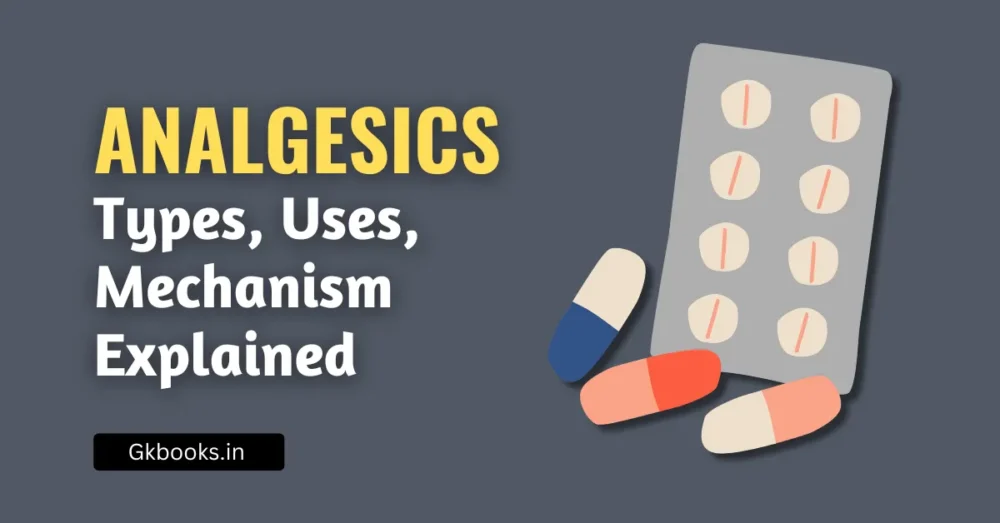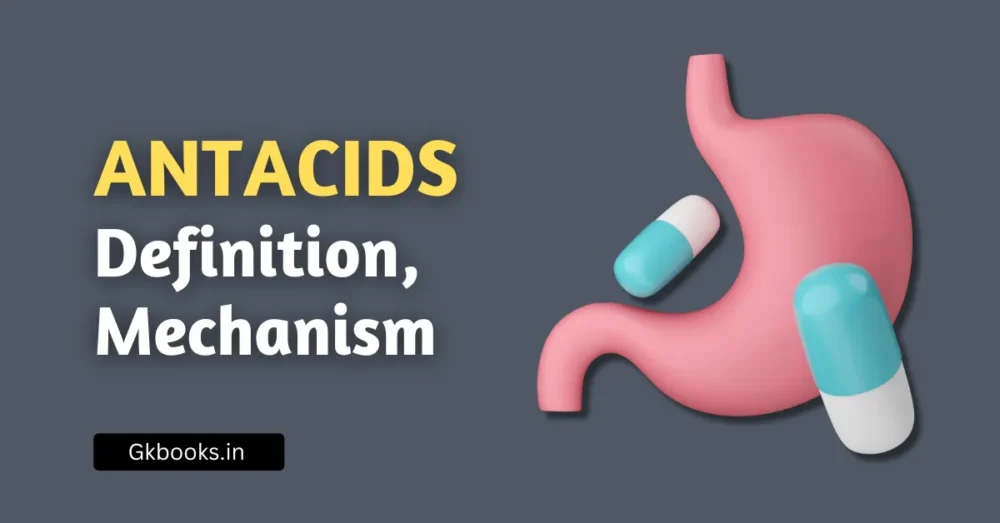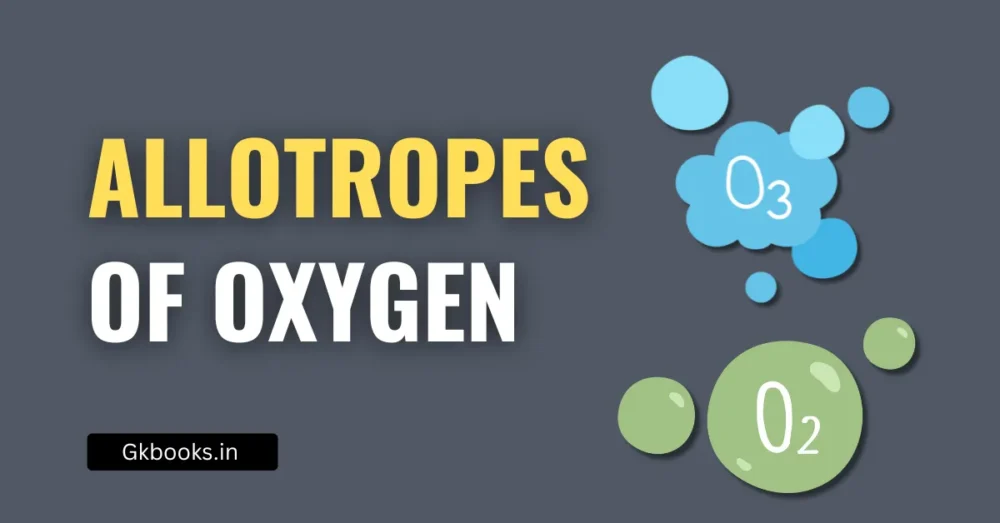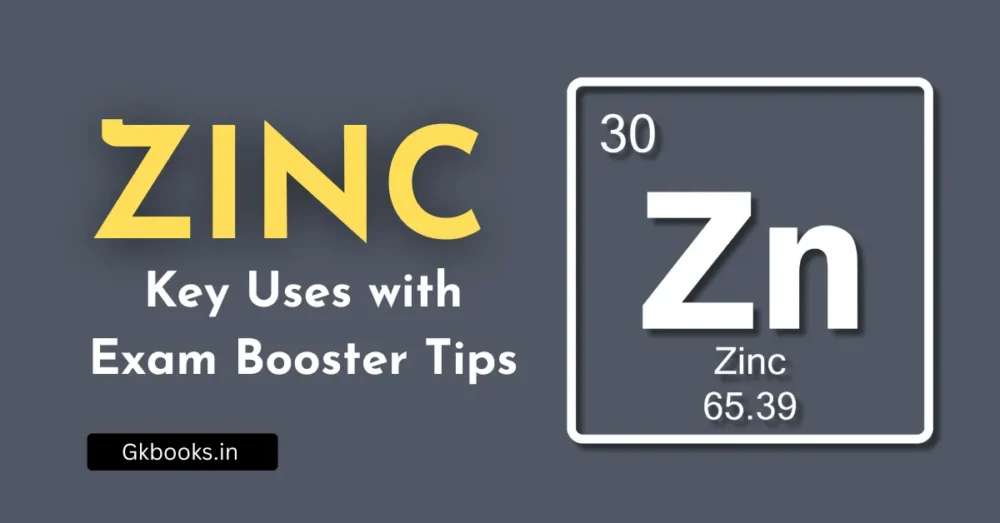The proton is one of the three main subatomic particles that make up an atom, along with neutrons and electrons. First discovered in the early 20th century, the proton is a positively charged particle that resides in the nucleus of every atom. Its role is crucial in defining an element’s identity, enabling chemical reactions, and powering nuclear processes.
Whether you’re preparing for exams like UPSC, SSC, NEET, JEE, or are just curious about atomic structure, understanding the proton lays the groundwork for mastering core scientific concepts.
Keep reading to explore more about the structure, mass, and properties of protons, and how they compare to electrons.
Discovery of Proton
◾ Discoverer: Ernest Rutherford
🔺 Year of Discovery: 1917
🔹 While conducting the gold foil experiment and further investigations on alpha particles, Rutherford observed that hydrogen nuclei were emitted when alpha particles collided with nitrogen gas. He concluded these hydrogen nuclei were a fundamental unit and named them protons.
🔹 The term “proton” is derived from the Greek word “protos,” meaning “first” or “primary.”
Fundamental Characteristics of Proton
◾ Symbol: p⁺
◾ Charge: +1 (Positive Charge)
◾ Relative Mass: Approximately 1 atomic mass unit (1 amu) or 1.6726 × 10⁻²⁷ kg
◾ Spin: ½ (Fermion)
◾ Stability: Protons are stable particles and do not decay under normal conditions.
🔺 In standard atoms, the number of protons = number of electrons, maintaining electrical neutrality.
🔹 The number of protons in an atom is called its Atomic Number (Z) and determines the chemical identity of the element.
Structure of Proton
◾ Composition:
🔺 Protons are not elementary particles; they are composed of even smaller particles called quarks.
🔺A proton is made up of three quarks—two up quarks and one down quark—held together by particles called gluons.
◾ Quark Structure:
🔹 2 Up Quarks (u) with charge +2/3 each
🔹 1 Down Quark (d) with charge -1/3
🔹 Total Charge = (2/3 + 2/3 – 1/3) = +1
◾ Held Together By:
🔹 Strong Nuclear Force, mediated by particles called gluons.
🔹 This force is the strongest in nature and ensures the binding of quarks inside protons and neutrons.

Mass and Charge of a Proton
1. Mass of a Proton
◾ The mass of a proton is approximately 938.272 MeV/c² or 1.673 × 10⁻²⁷ kg.
◾ Surprisingly, the combined mass of the three constituent quarks (2 up quarks + 1 down quark) is only about 12 MeV/c².
◾ The majority of the proton’s mass comes from the binding energy of gluons—the massless force carriers that hold quarks together via the strong nuclear force.
🔺 Key Insight:
Mass is not just a sum of particle masses, but also includes energy, as per Einstein’s equation E = mc². The internal motion of quarks and gluon fields contributes most of the proton’s mass.
2. Electric Charge of a Proton
◾ A proton’s total charge is +1e, or +1.602 × 10⁻¹⁹ coulombs.
◾ Quark Composition of a Proton:
🔹 2 Up Quarks (u): each with a charge of +2/3e
🔹 1 Down Quark (d): with a charge of –1/3e
🧮 Total charge calculation:
(2/3)e + (2/3)e – (1/3)e = +1e
◾ Gluons, the exchange particles responsible for the strong force, carry no electric charge, but they mediate the interaction that confines quarks within the proton.
📌 Summary Points for Quick Revision
✅ Quark Charges: 2 up (+2/3e), 1 down (–1/3e)
✅ Proton Mass ≈ 938.272 MeV/c² or 1.673 × 10⁻²⁷ kg
✅ Quark Mass Contribution ≈ 12 MeV/c²
✅ Mass Origin: Largely from binding energy of gluons
✅ Charge of Proton: +1e
Key Properties of a Proton
◾ Location:
🔹 Protons are located in the nucleus, the dense central core of an atom.
◾ Charge:
🔹 Each proton carries a positive charge of approximately +1.602 × 10⁻¹⁹ coulombs.
◾ Mass:
🔹 The mass of a proton is about 1.673 × 10⁻²⁷ kilograms.
🔹 It is 1,836 times heavier than an electron.
◾ Relation to Hydrogen Atom:
🔹 The proton’s mass is nearly equal to the mass of a hydrogen atom, which contains only one proton.
◾ Contribution to Atomic Mass:
🔹 The total mass of an atomic nucleus is primarily due to the combined mass of protons and neutrons.
◾ Atomic Number:
🔹 The number of protons in an atom defines its atomic number (Z) and determines the element’s identity.
📗 Continue Reading: Learn More Details about Atomic Number
Difference Between Proton, Neutron, and Electron
| Property | Proton | Neutron | Electron |
|---|---|---|---|
| Charge | +1 | 0 (Neutral) | -1 |
| Mass (amu) | ~1 | ~1 | ~1/1836 |
| Location in Atom | Nucleus | Nucleus | Orbitals/Shells |
| Role | Defines Element | Adds mass | Controls reactions |
🔹 For example:
Hydrogen has 1 proton, no neutrons, and 1 electron → Atomic number = 1
Role of Protons in the Atom
◾ Defines Atomic Number (Z):
🔺 The periodic table is arranged based on the number of protons in an atom’s nucleus.
◾ Determines Element Type:
🔹 Carbon has 6 protons, Oxygen has 8, Iron has 26, etc.
◾ Balances Electron Charge:
🔹 In neutral atoms, protons balance the negative charges of electrons.
◾ Nuclear Reactions:
🔹 Protons play a key role in nuclear fusion and fission.
Applications of Protons in Daily Life & Technology
🔬 1. Medical Applications:
◾ Proton Therapy for Cancer
🔹 A type of radiation therapy that uses high-energy proton beams to destroy cancerous cells with minimal damage to healthy tissues.
⚛️ 2. Nuclear Fusion Energy:
◾ Hydrogen nuclei (protons) fuse to form helium, releasing massive energy.
🔹 This is the primary process powering the Sun and is a promising source for clean energy on Earth.
📡 3. Particle Accelerators:
◾ Devices like the Large Hadron Collider (LHC) accelerate and smash protons to discover new particles, including the Higgs boson.
🧪 4. Chemical Reactions:
◾ Proton transfer reactions are fundamental in acid-base chemistry (Bronsted-Lowry theory).
🔹 Acids are proton donors, and bases are proton acceptors.
Importance of Proton Number in Isotopes and Ions
🔹 Isotopes:
◾ Atoms of the same element with same proton number but different neutron numbers.
🔺 Example:
Carbon-12 and Carbon-14 → Both have 6 protons, but different neutrons.
🔹 Ions:
◾ Gained/lost electrons but proton number remains constant.
🔺 Na → Na⁺ (lost one electron)
🔺 Cl → Cl⁻ (gained one electron)
Proton in Acid-Base Chemistry
◾ Brønsted-Lowry Theory defines acids as proton donors and bases as proton acceptors.
🔹 Example:
HCl + H₂O → H₃O⁺ + Cl⁻
HCl donates a proton (H⁺) to water, forming the hydronium ion.
🔹 Proton transfer is central to the pH scale, which measures acidity and alkalinity.
Proton vs Hydrogen Ion (H⁺)
◾ The hydrogen atom has 1 proton and 1 electron.
◾ When it loses its electron, only the proton remains.
🔺 So, the H⁺ ion is essentially a proton.
🔹 This is why proton = H⁺ ion in acid-base chemistry contexts.
Quick Facts & MCQ-Friendly Points
◾ Mass of proton: 1.6726 × 10⁻²⁷ kg
◾ Charge: +1.602 × 10⁻¹⁹ C
◾ Location: Nucleus
◾ Composition: 2 up + 1 down quark
◾ Quark force carrier: Gluons
◾ Found by: Rutherford in 1917
◾ Role in element ID: Atomic Number = Number of protons
Sample MCQs
Q.1. Who is credited with the discovery of the proton?
a) J.J. Thomson
b) James Chadwick
c) Ernest Rutherford
d) Neils Bohr
✅ Answer: c) Ernest Rutherford
Q.2. What is the charge of a proton?
a) Neutral
b) +1
c) –1
d) +2
✅ Answer: b) +1
Q.3. What is the quark composition of a proton?
a) 1 up + 2 down quarks
b) 2 up + 1 down quarks
c) 3 up quarks
d) 1 up + 1 down + 1 strange quark
✅ Answer: b) 2 up + 1 down quarks
Q.4. In a neutral atom, the number of protons is equal to the number of:
a) Neutrons
b) Nucleons
c) Electrons
d) Ions
✅ Answer: c) Electrons
Q.5. The mass of a proton is approximately:
a) 9.11 × 10⁻³¹ kg
b) 1.67 × 10⁻²⁷ kg
c) 1.00 × 10⁻²³ kg
d) 3.00 × 10⁻³⁰ kg
✅ Answer: b) 1.67 × 10⁻²⁷ kg
Final Summary
The proton is not just a positively charged particle—it’s a fundamental building block of matter. From defining the identity of elements to participating in high-energy reactions, from powering stars to enabling advanced medical treatments, protons are at the core of modern science and technology.
For exam aspirants and curious learners alike, mastering the concept of the proton opens the door to understanding atomic structure, quantum physics, and chemical behavior with clarity and confidence.
✅ Stay Curious. Stay Prepared. Master Every Concept!
📌 For more exam-oriented notes, visit gkbooks.in
I hope you found the concepts about protons easy to understand. For more Chemistry topics, check out the Chemistry Notes category. For the latest updates and infographics on various subjects, visit the GKBooks Facebook page. Both resources are designed to help you prepare effectively for your exams. Explore the category and FB page today to access these valuable tools and resources.
Protons FAQs
A proton is a subatomic particle found in the nucleus of an atom. It is composed of three fundamental particles called quarks: two “up” quarks and one “down” quark. These quarks are held together by the strong force, which is mediated by particles known as gluons.
Here’s a quick breakdown:
Quarks: Two up quarks (each with a charge of +2/3) and one down quark (with a charge of -1/3).
Gluons: These particles act as the “glue” that holds the quarks together within the proton.
The mass of a proton is approximately 1.6726219×10−27
kilograms. This is about 1,836 times the mass of an electron.
The proton was discovered by Ernest Rutherford in 1917. Rutherford’s experiments demonstrated that the nucleus of the hydrogen atom (a proton) is present in the nuclei of all other atoms.
The atomic mass of a proton is approximately 1.007276466812 atomic mass units (amu). This value is very close to 1 amu, which is often used as a reference point in atomic mass calculations.
Protons themselves don’t have a chemical formula since they are subatomic particles. However, a proton can be represented as a hydrogen ion (H⁺) because a hydrogen atom consists of one proton and one electron. When the electron is removed, what remains is a proton (H⁺).







